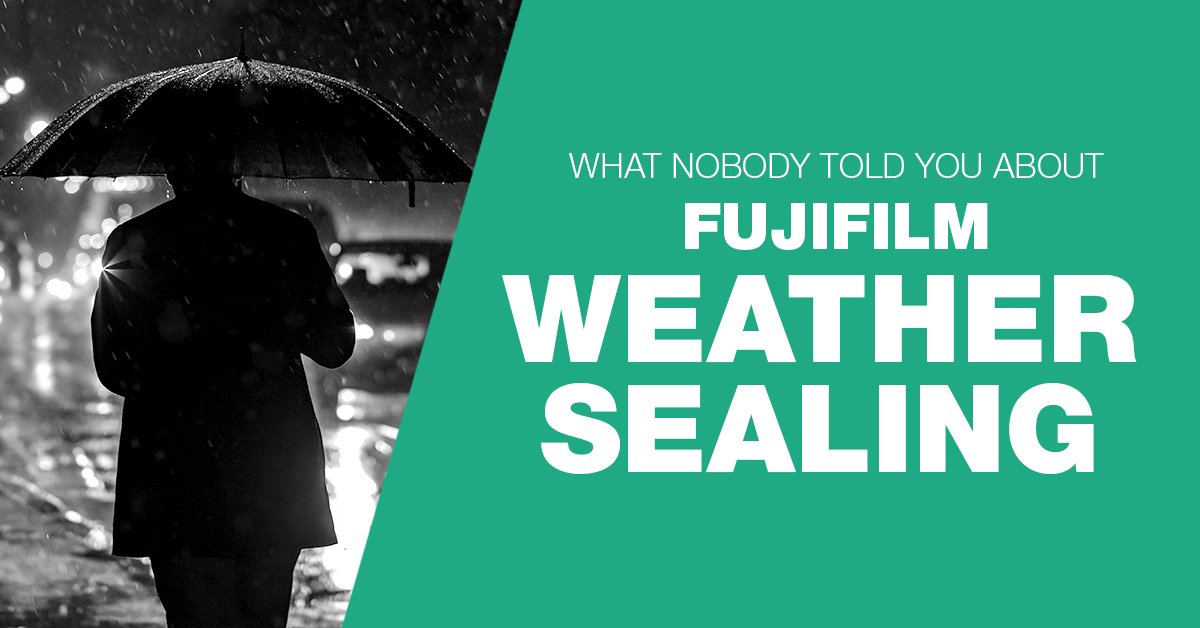If you are doing your due diligence and making sure that your camera has Fujifilm weather sealing, read this or end in tears. Not kidding, this is what nobody told you about weather sealing.
- What is Fujifilm weather sealing?
- How to you know if your Fujifilm is weather resistant?
- If takes two to make Fujifilm weather sealing
- List of weather resistant Fuji cameras
- Why weather resistance and sealing mean nothing
- A tale of two Fujis
- The truth about Fujifilm Weather sealing
- Get a water resistant bag
- Avoid salt water and sand at all cost
- Never submerge
- Get a rain sleeve
- It’s like a seatbelt
- Conclusion
What is Fujifilm weather sealing?
Weather sealing is a camera manufacturer’s way to seal the camera body and lens so that it can be resistant to mostly water damage. Water is the kryptonite of electronics and if water goes in, your camera kit is a paperweight. For example, here is the battery compartment from the non weather sealed Pen F and the Fuji X-pro 2.

On the left there is just a hatch, but on the right, under the hatch there is a rubber material designed to keep water out. This is what makes a camera weather sealed.
How to you know if your Fujifilm is weather resistant?
You usually do not know if a camera is weather resistant, this is something you have to check below. When it comes to lenses they have a “WR” attached to them meaning they are weather resistant. Just check the front of the lens an see if it has the monicker.
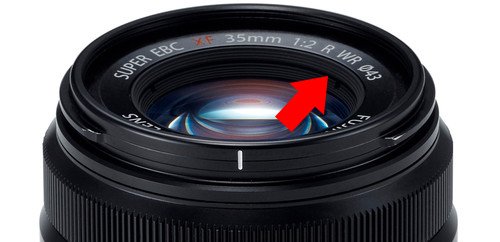
If takes two to make Fujifilm weather sealing
Even if your Fuji says Fujifilm weather sealing all over it…it still isn’t yet. Because it takes two to tango and if your lens isn’t weather sealed, water might get into it and then in your camera, breaking both in the process.
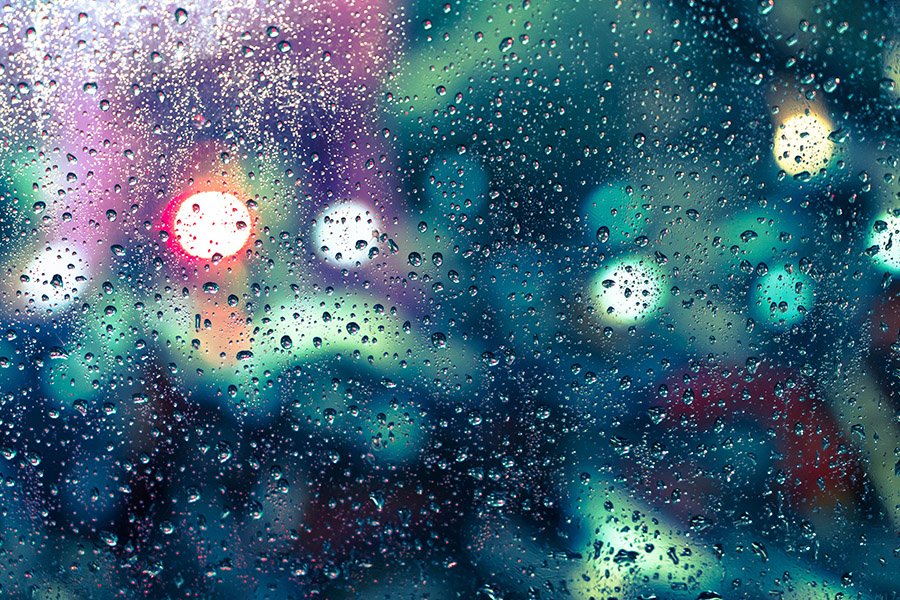
List of weather resistant Fuji cameras
Below is a list of the weather resistant Fuji cameras and lenses
| Camera | Sensor size | Mount |
|---|---|---|
| Fuji x100v * | APSC | Fixed |
| Fuji X-T4 | APSC | X mount |
| Fuji X-T3 | APSC | X mount |
| Fuji -pro 3 | APSC | X mount |
| Fuji X-H1 (Ebay) | APSC | X mount |
Fuji GFX100 | Medium Format | G mount |
Fuji Xpro-2 (Ebay) | APSC | X mount |
| Fuji X-T2 (Ebay) | APSC | X mount |
| Fuji X-T1 (Ebay) | APSC | X mount |
*The X100v is NOT weather sealed by itself! While the camera body seems to be, in order to seal it you need the adapter and a filter in front of it to ward off the water from the built-in lens.
| Prime | Zoom |
|---|---|
| 18mm f1.4 | 8-16mm f2.8 |
| 23mm f2 | 10-24mm f4 Mark II |
| 27mm f2.8 Mark II (Ebay) | 16-55mm f2.8 |
| 35mm f2 | 16-80mm f4 |
| 50mm f1.0 | 18-135mm f3.5-5.6 |
| 50mm f2 | 50-140mm f2.8 |
| 80mm f2.8 | 70-300mm f4-5.6 |
| 90mm f2 | 100-400mm f4.5-5.6 |
| 200mm f2 (with 1.4x teleconverter) |
While that should be the end of it if you are looking for a Fujifilm that can shoot in the rain, it just isn’t that simple.
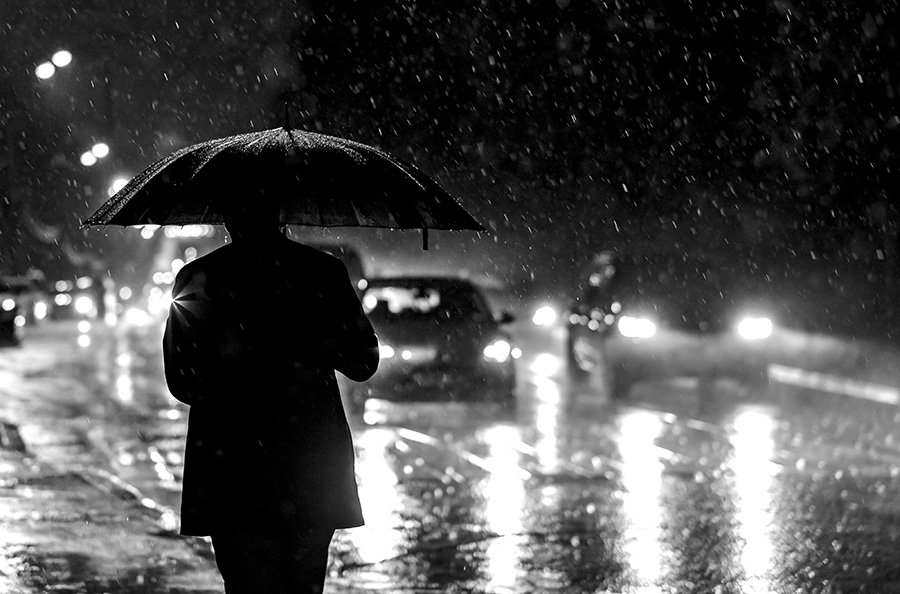
Why weather resistance and sealing mean nothing
Here’s the deal, weather resistance means absolutely nothing. It is like saying that any food is “healthy”. Well what does that mean? Not much.
Yes for sure the weather resistance does mean that the camera and lens has extra protection against water and dust…but HOW resistant it is is up for grabs.
The lack of IP rating
If only there was an international standard of knowing how well a device is sealed, so that anyone could know how well their device handles weather. Well…there is. It’s called an IP rating (Ongress Protection rating) and it is the standard that rates devices on their sealing properties.

Having been dropped in the toilet too often, most modern phones now have very strong IP rating. The Iphone X for example has an IP68 rating and that means it can withstand dust and be submerged for 30 minutes in 6 meters of water.
No Fuji camera has an IP rating, and yet they are weather sealed. Why the lack of IP rating?
Why the lack of transparency
Fuji makes sure to put weather sealing on their cameras but doesn’t give an IP rating in order to protect themselves from liability. Putting an outright IP rating forces them to honor it. If the Fuji X-Pro 3 had the same IP rating of 68 like the iPhone X, and the lightest drizzle makes it give up the ghost, well they will be forced to change it at their cost.
With just the WR monicker they can simply say that they never claimed it was that weather sealed, only that it was weather sealed. See the problem? From the Fuji warranty:

No offial Ip rating means this is not covered by the warranty.
How good is Fuji weather sealing?
This is usually where a views-hungry youtuber will go crazy and stress test the Fujifilm weather sealing by doing stunts like going into pouring rain, and the camera still works. The problem here is that these are NOT evidence of great weather sealing but just anecdotes.
Same camera under other circumstances, maybe the angle of water was different and it will break. Upon watching a Youtube video, while it is tempting to think that the Fuji camera is THAT resistant, it isn’t.
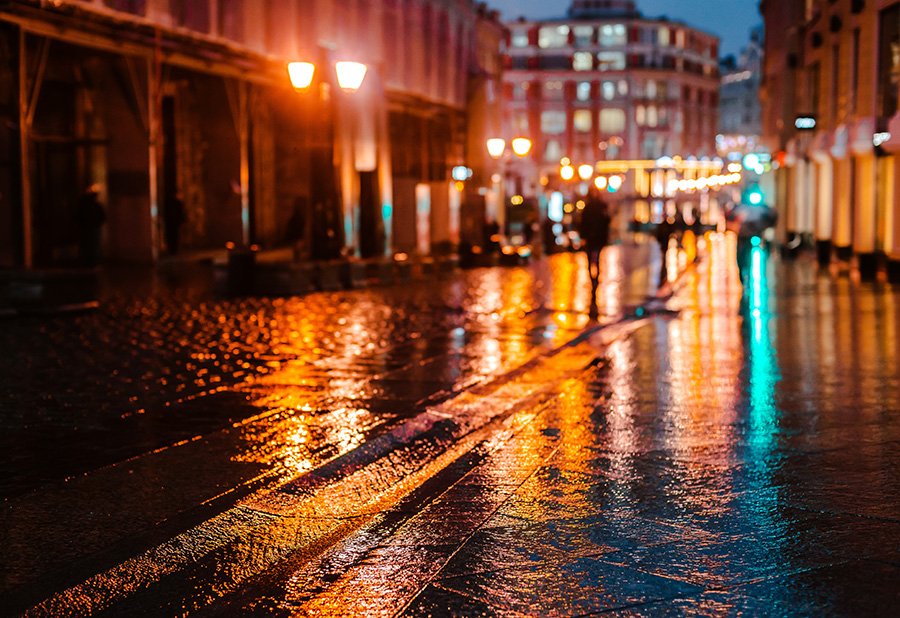
I’ve seen stress tests with the X-T3 and while it is not a guarantee, this is probably the best weather resistant Fuji out there.
A tale of two Fujis
A Fuji XS10 slept in snow
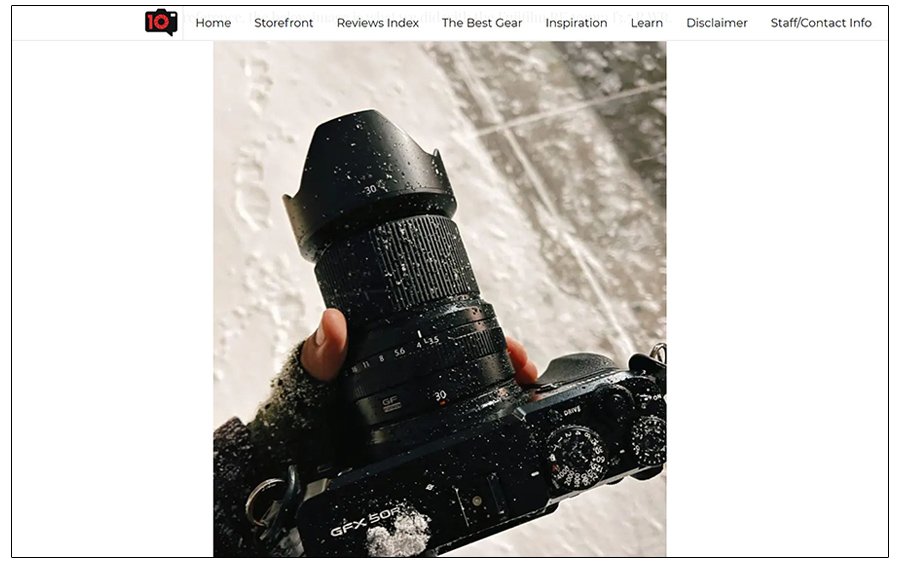
Above is an image that shows that a Fuji from Brandon Remler was kept under snow for a day and then the very next day, it still works! The twist in this story is that the XS-10 is NOT a weather sealed camera. Source.
A weather sealed medium format camera dies
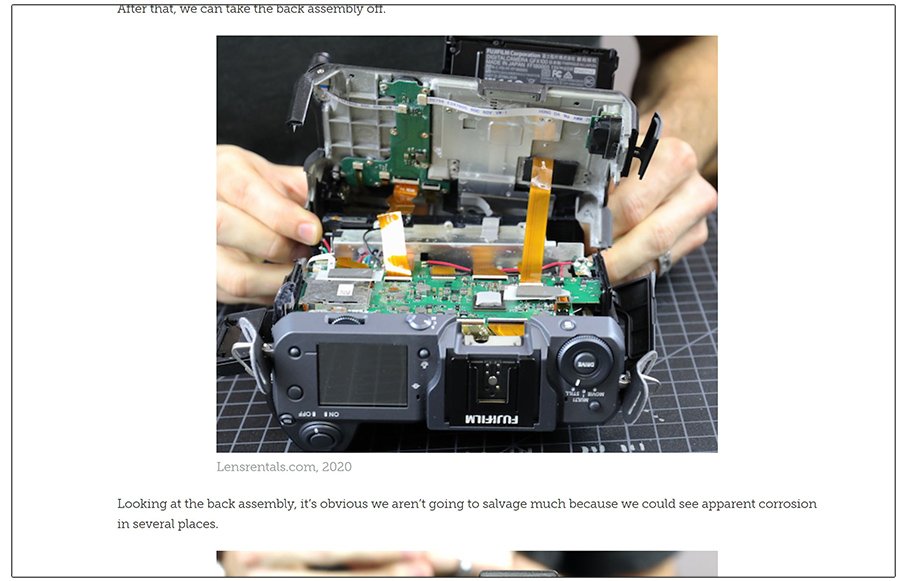
Lens rentals got a Fuji GFX100 medium format back because it didn’t work anymore. It was used with a dive housing (Plastic case that allows the camera to be used underwater). So not only was this IN a dedicated case, even if water came in, it should have been able to resist it because it is Fujifilm weather sealing. But no, this ended up a $10,000 paper weight. Source.
But maybe the best part of the teardown is this quote:
“But did you notice all those weather resisting barriers and gaskets in the teardown? Yeah, me neither. I did notice some wide-open areas around the command dials you could shine a light through, and pour water in if water happened to be around. Be aware, though, that your camera, just like this one, will get the ‘warranty void because of water damage’ response when you send it for repair.”
Crazy isn’t it? One non-sealed camera survives and a weather sealed camera dies. And yeah they are right, the wording on the warranty does state they can refuse your gear if there is liquid damage because it is not backed by any ip rating.

The truth about Fujifilm Weather sealing
This article is not about making Fuji look bad. I love Fuji and they make some of the best cameras in the world. All I want to do in this article is for you NOT to have faith in the weather sealing because they are technically NOT claiming anything. So what are you to do? Here’s some solid tips for keeping your camera safe.
Get a water resistant bag
If you just want weather sealing “just in case” and don’t actually plan to shoot under the rain, get a water resistant bag. Rain falls on them like they water on a duck’s back.
Avoid salt water and sand at all cost
There is a huge difference between the splashing of rain and a splashing of a wave. Salt water is corrosive and attacks and sand is both very small and salty too.
From u/loserboy on reddit who dropped their X-T2 (Ebay):
“Just the top portion of the camera was in the water and sand for less than .1 second. But it was enough to render camera inoperable.”
Never submerge
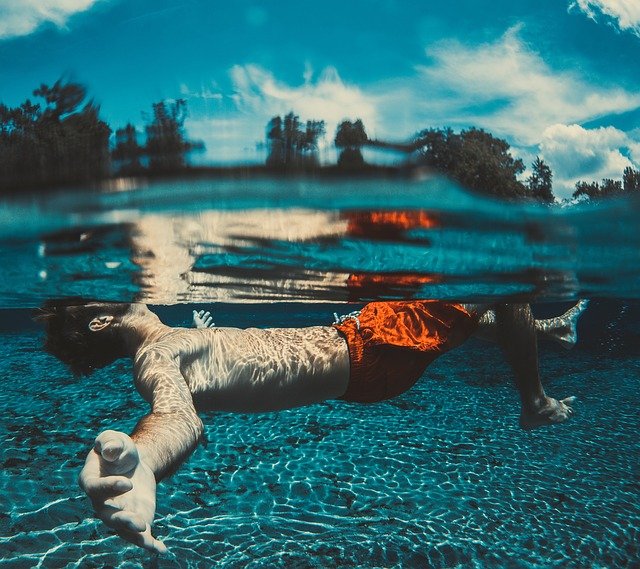
Water resistance doesn’t mean submersion resistance. Dropping your camera in water is an almost guaranteed way to break it. Fujis have lots of dials and these are prime for water to enter and break your camera.
Get a rain sleeve
If you absolutely must shoot under the rain, get a rain sleeve. This is like a poncho for your camera. The camera itself is well protected, only the lens might get wet so make sure it is weather sealed.
It’s like a seatbelt
the best way to view Fujifilm weather sealing is like a seatbelt. You pray that you never need to use it but if you do, you are glad to have it. When it starts raining, protect your camera like you would any other, but if for some reason it starts pouting and you are outside, the weather resistance should take care of it.
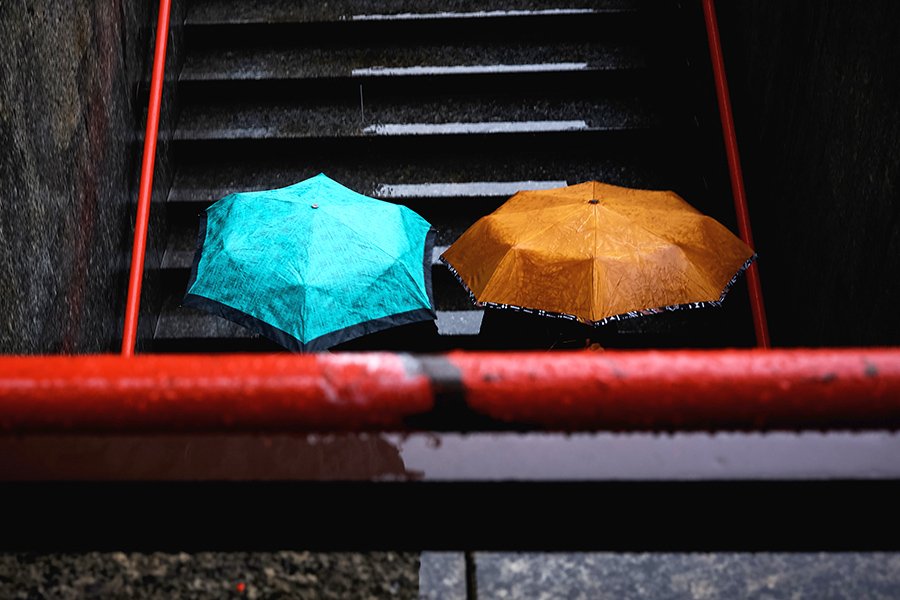
Conclusion
There you have it, everything you need to know about Fujifilm weather sealing. While many cameras and lenses have it, it doesn’t mean much and is not covered by the warranty. While weather sealing would somewhat protect your camera from weather conditions, I just don’t want you to get a false sense of security and end up in tears.
